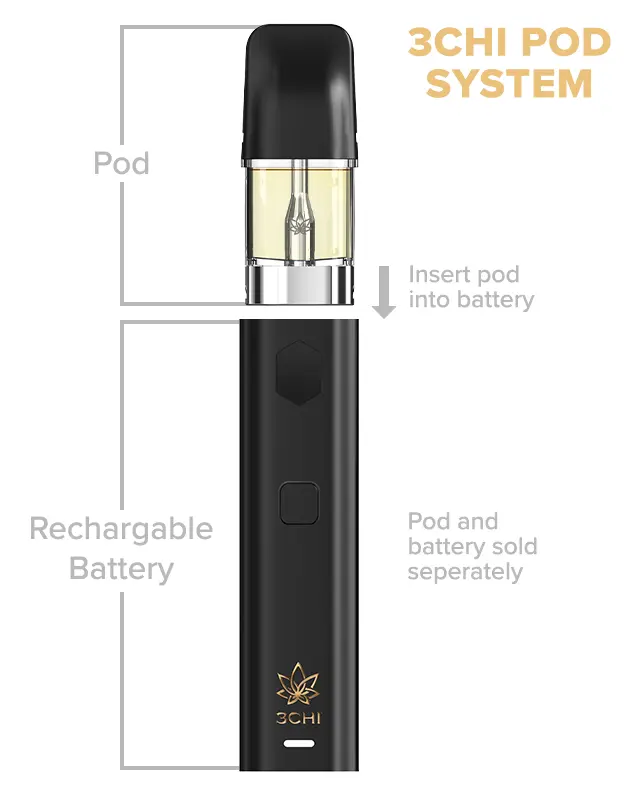Turn Products right into Premium Vape Juice: A Comprehensive Overview
Turn Products right into Premium Vape Juice: A Comprehensive Overview
Blog Article
The Environmental Impact of Non Reusable Vapes: Are They Genuinely Sustainable?
Non reusable vapes, a thriving market section in the vaping industry, have stimulated arguments regarding their environmental effect. With worries ranging from source extraction to throw away disposal, delving right into the ecological footprint of disposable vapes unveils a multifaceted problem that is worthy of closer exam.
Environmental Influence of Disposable Vapes

Unlike typical vapes that can be refilled and reused, disposable vapes are created for a single-use cycle, leading to a fast buildup of electronic waste. The manufacturing procedure of disposable vapes likewise takes in beneficial sources and power, more intensifying their environmental impact. Incorrect disposal of these tools can cause soil and water contamination, presenting threats to wildlife and communities.

Production Process and Source Consumption
During the manufacturing of disposable vapes, significant amounts of sources and energy are eaten, adding to their overall ecological impact. Furthermore, the manufacturing of disposable vapes frequently entails the use of non-renewable resources, further depleting limited products.
Moreover, the production of non reusable vapes likewise produces waste and contamination. Manufacturing facilities creating these tools might release hazardous chemicals and byproducts into the water, dirt, and air, influencing local ecological communities and areas. The disposal of manufacturing waste, such as digital parts and plastic scraps, can better intensify ecological degradation otherwise handled properly. The production procedure of disposable vapes plays a substantial function in their general environmental impact and sustainability factors to consider.
Waste Generation and Disposal Difficulties
In light of the resource-intensive manufacturing process of non reusable vapes, the administration of waste generation and disposal provides considerable ecological challenges. Non reusable vapes contribute to the placing issue of digital waste due to their single-use nature and complicated structure.
Additionally, the inappropriate disposal of disposable vape cartridges, which frequently contain recurring pure nicotine and other poisonous substances, can contaminate the setting if not dealt with appropriately. try this site The lack of standard recycling programs for these cartridges aggravates the issue, with lots of winding up in normal waste streams.
To resolve these waste generation and disposal difficulties, it is important for suppliers to create more lasting vape products that are much easier to recycle. Additionally, raised recognition and education and learning on appropriate disposal techniques amongst consumers are crucial in mitigating the ecological influence of disposable vapes.
Chemicals and Poisonous Products Use

In addition, the batteries in non reusable vapes contain heavy metals such as cadmium, lead, and lithium, which are dangerous to the setting if not reused properly. Turn products. Inappropriate disposal of his response these batteries can lead to dirt and water contamination, posing threats to ecological communities and human health and wellness. The widespread use of chemicals and poisonous products in disposable vapes underscores the value of adopting sustainable practices in their use, disposal, and production to alleviate unfavorable environmental impacts.
Sustainable Alternatives and Solutions
What lasting options and options can be implemented to address the environmental effect of disposable vapes? Additionally, advertising liable disposal methods for disposable vapes, such as recycling programs, can assist mitigate the environmental effects associated with these items.
Another sustainable solution is the advancement of naturally degradable vape elements. Suppliers can discover making use of biodegradable materials for vape casings, cartridges, and packaging to reduce the lasting ecological effect of these items. Motivating the usage of vaping items with less chemical ingredients and contaminants can additionally contribute to an extra lasting vaping market.
Education and understanding campaigns can play a crucial role in promoting sustainable techniques among vapers - Turn products. By notifying consumers concerning the ecological effect of non reusable vapes and highlighting the advantages of green options, people can make more informed choices that line up with environmental preservation efforts. Eventually, a combination of regulative measures, technical developments, and consumer activities is important to resolve the ecological difficulties positioned by non reusable vapes
Final Thought
Finally, the ecological influence of non reusable vapes is significant as a result of the manufacturing process, resource consumption, waste generation, and use of chemicals. Lasting alternatives and services must be considered to minimize these unfavorable impacts. It is critical for suppliers and consumers to prioritize eco pleasant techniques to reduce the environmental damage triggered by disposable his comment is here vapes.
The ecological impact of non reusable vapes is an expanding concern as their widespread usage adds to plastic waste buildup.Unlike typical vapes that can be refilled and reused, non reusable vapes are created for a single-use cycle, leading to a rapid buildup of digital waste. The prevalent use of chemicals and harmful products in non reusable vapes emphasizes the significance of adopting lasting techniques in their disposal, usage, and manufacturing to minimize unfavorable ecological effects.
By educating consumers concerning the environmental influence of non reusable vapes and highlighting the advantages of green alternatives, people can make more informed selections that align with ecological conservation efforts.In final thought, the environmental influence of disposable vapes is considerable due to the manufacturing process, source intake, waste generation, and usage of chemicals.
Report this page